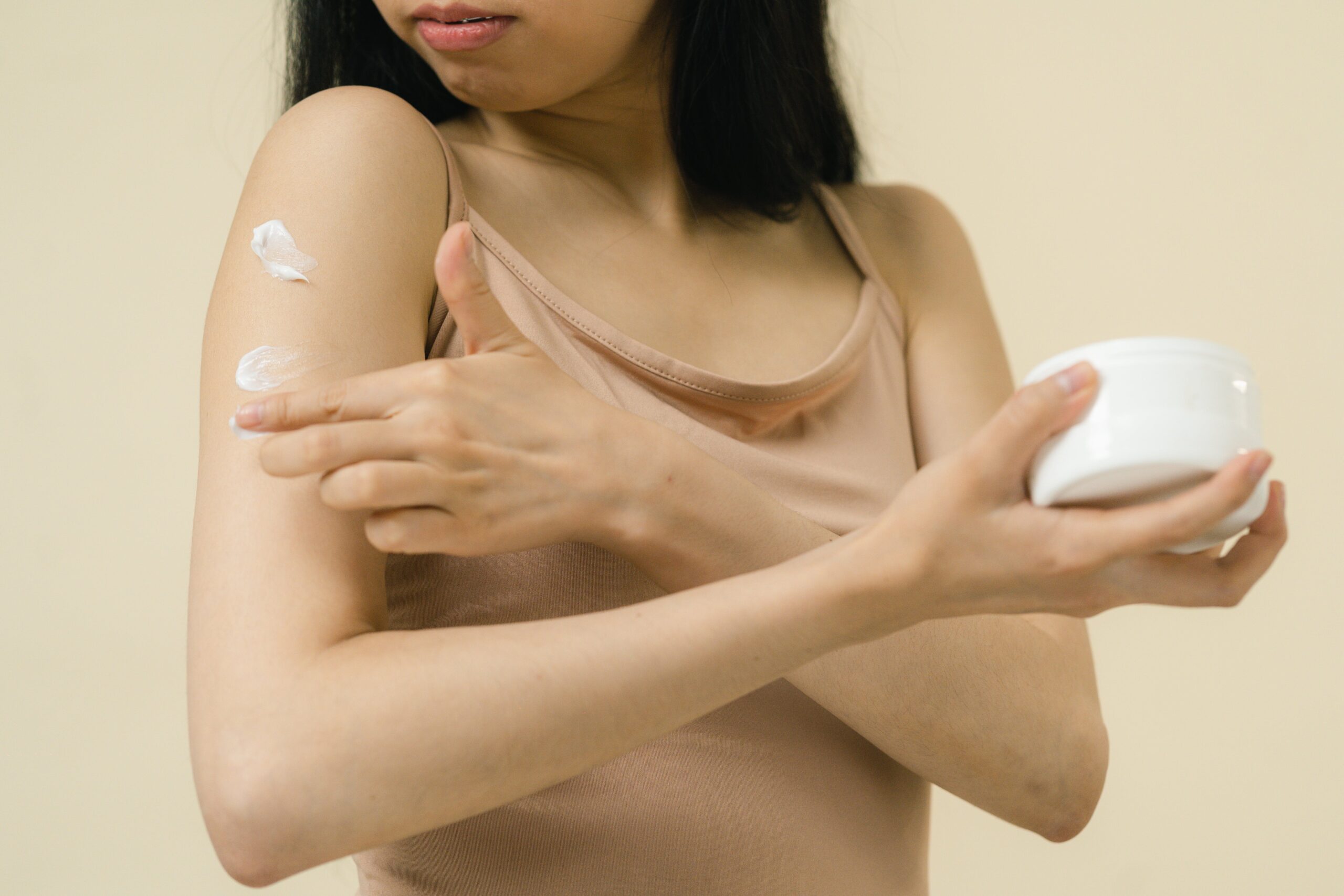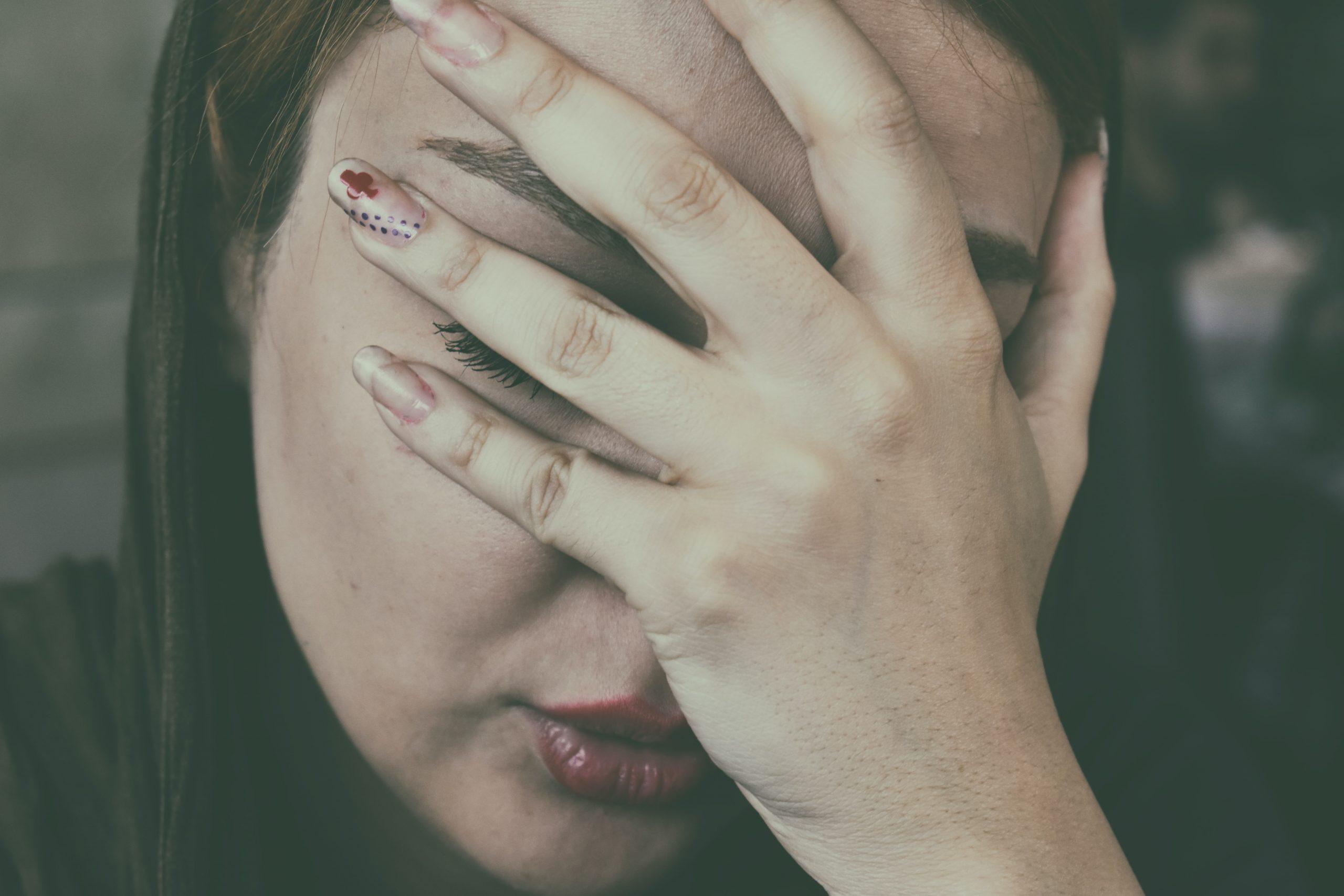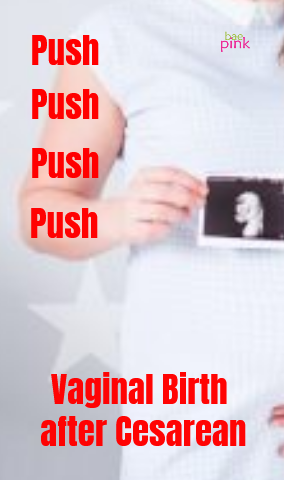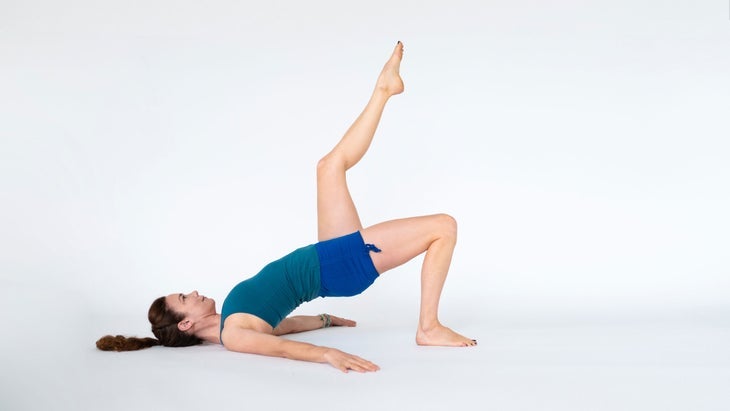Mastalgia – A breast pain.
Mastalgia is a medical term used for breast pain. It is a very commonly observed symptom in women with prevalence ranging from 41-79%.

There are 2 types of breast pain, cyclic and non-cyclic. Cyclic breast pain is often associated with the menstrual cycle which is bilateral whereas non-cyclic pain affects mostly post-menopausal women with pain being unilateral, constant, or intermittent.
Causes of mastalgia
Breast pain can be caused by various factors. Cyclic, breast pain is triggered by hormones during the menstrual cycle on the other hand non-cyclic breast pain causes include birth control pills, infection, inflammation, fibroadenomas, smoking, caffeine consumption, and stress.
Diagnosis at home
A physical examination can be considered the best way to diagnose mastalgia at home. Self-examination of the breast should be done by reviewing all four quadrants of the breast for any kind of physical change. It is good to keep in mind that breast examination should be done during the time of a cycle when the breasts are least tender.
Visual examination of breasts
Begin this by doing a visual examination by standing topless in front of a mirror with arms at the sides and keeping the face forward and looking for any wrinkles, changes in size, or symmetry.
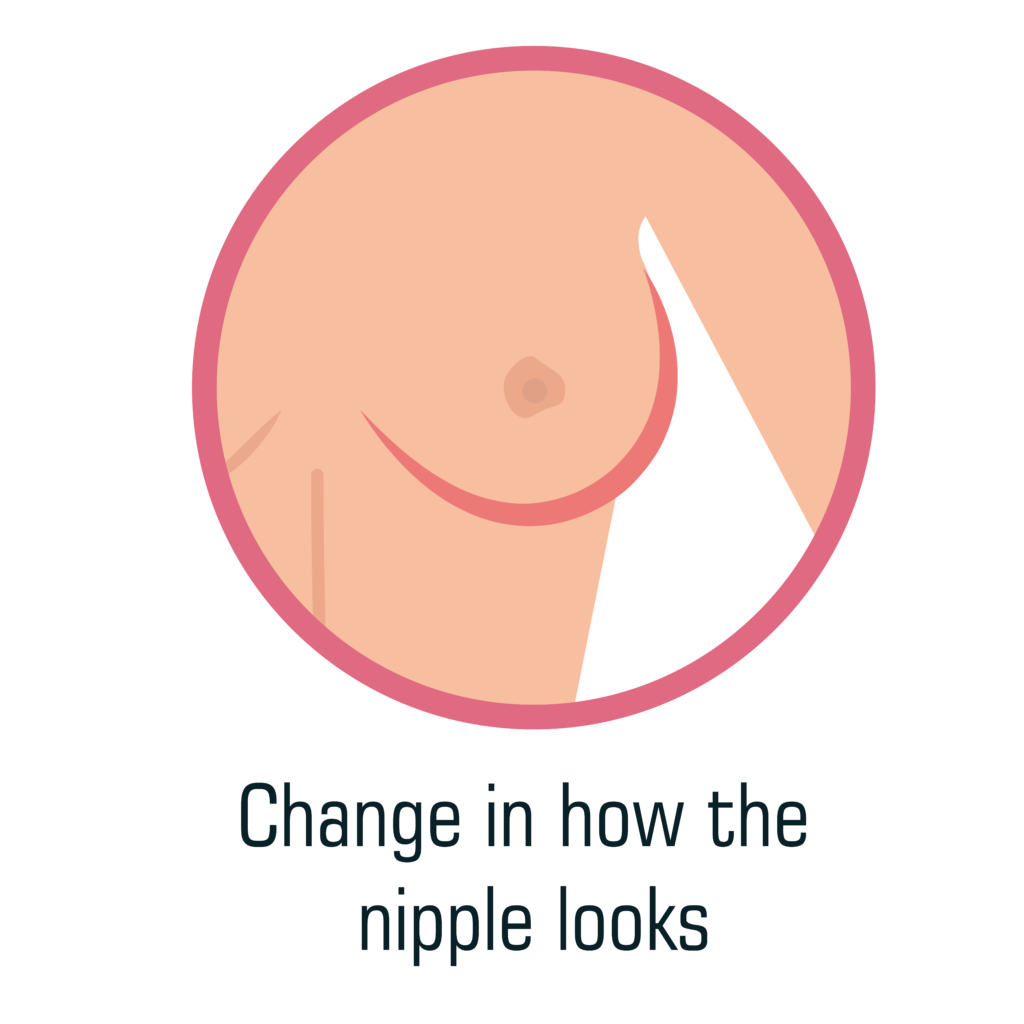
Check for the changes in nipple looks.
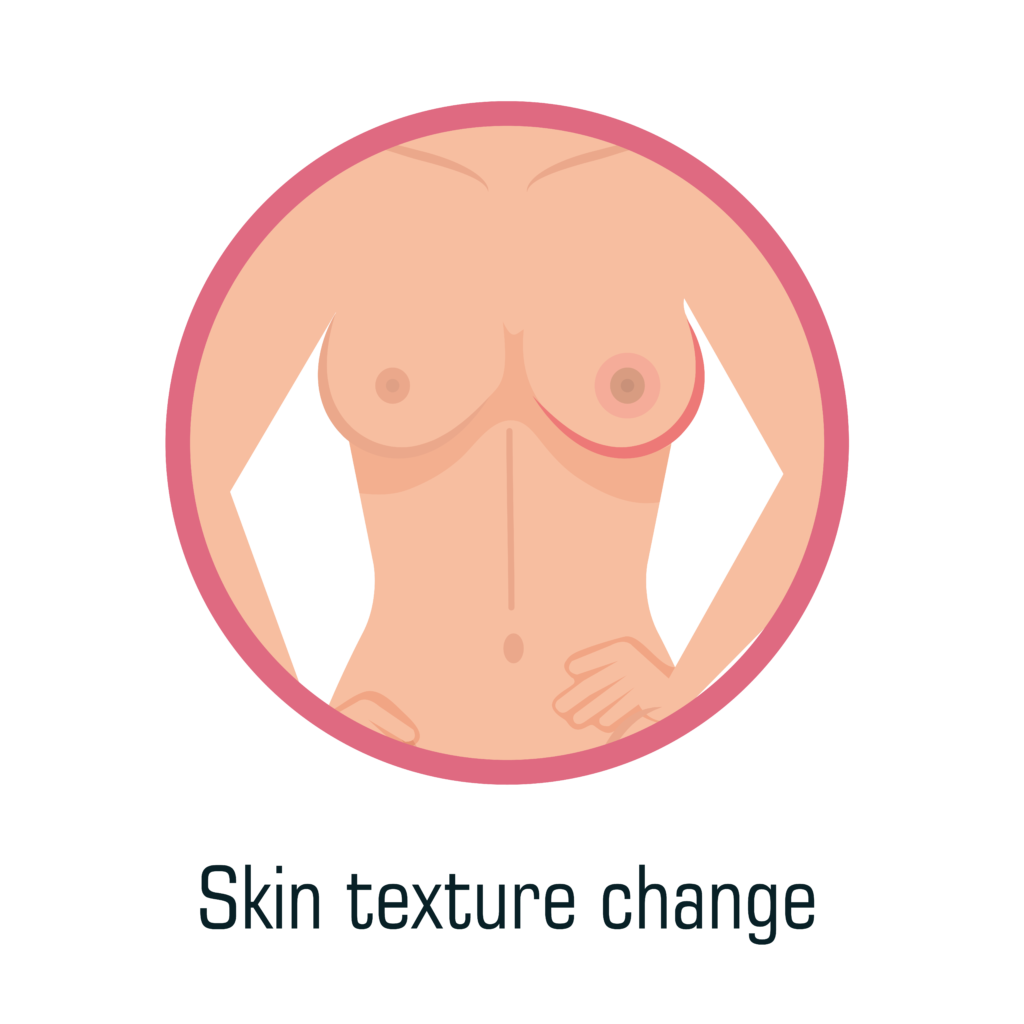
Check for change in skin texture.
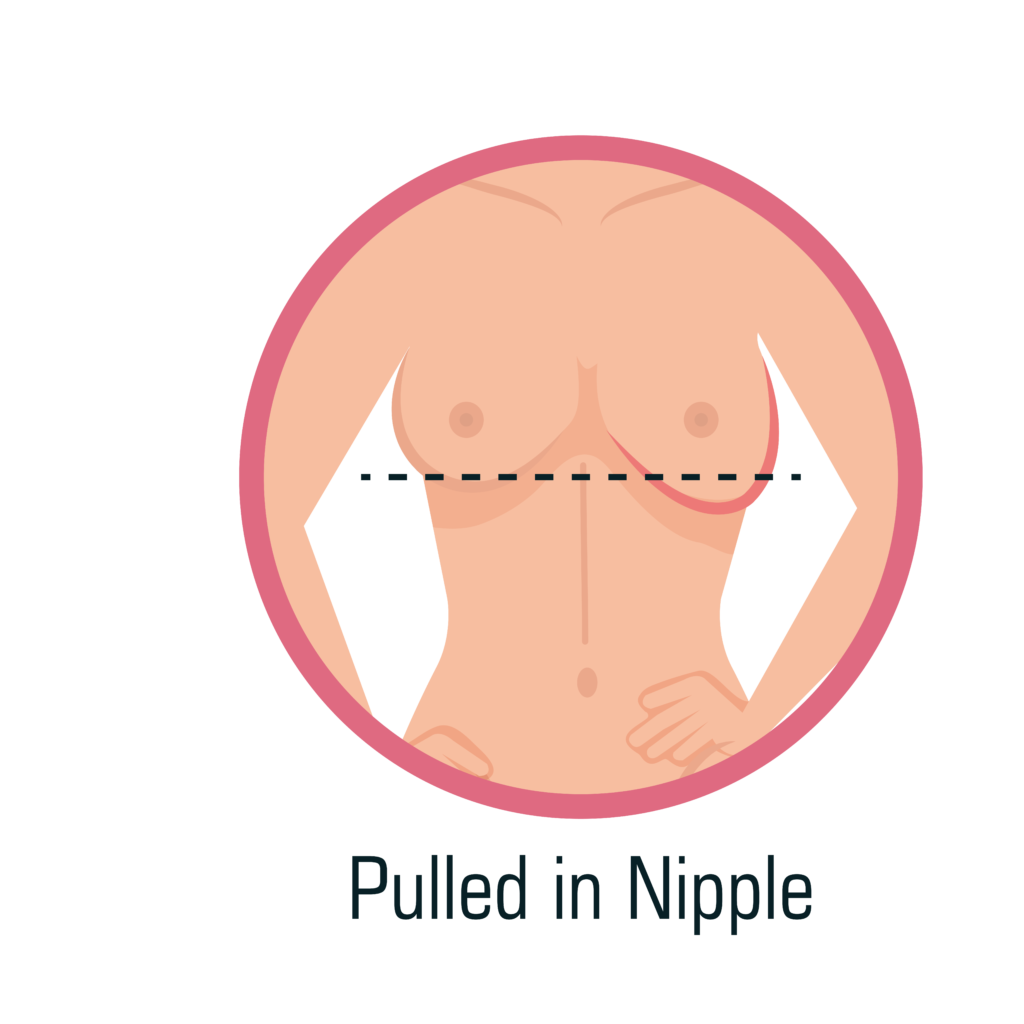
Check for any inverted nipples
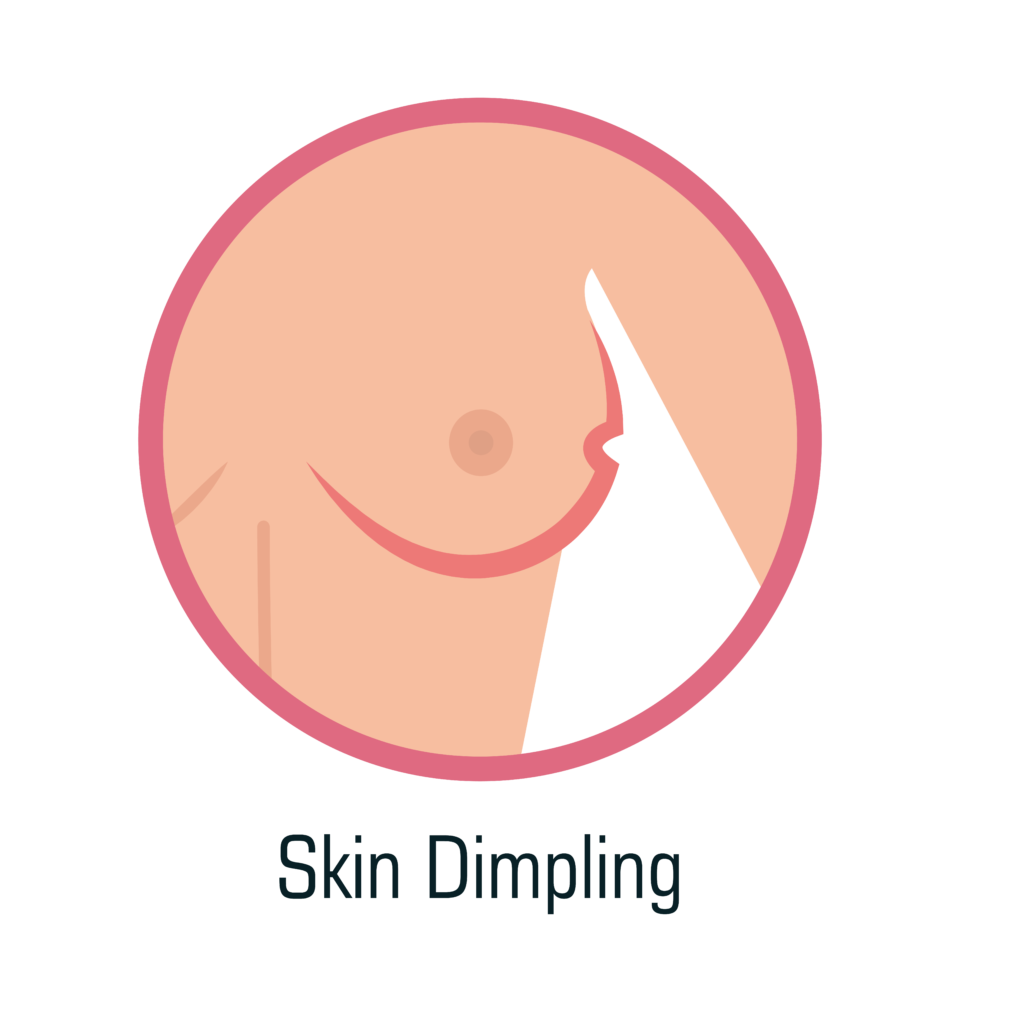
Check for skin dimpling.
Check for any inverted nipples and lift the breasts to see if ridges along the bottom are symmetrical. Inspect the breasts with your arms over your head, and again while lifting one breast at a time.
Palpation
Physical examination or palpation can be done by using the pads of your fingers, not the tips. Common ways to perform this are lying down because the tissues spread evenly or in the shower as the lather helps in easy movement of fingers. Using the pads of the three middle fingers of your right hand examine your left breast by pressing on every part of the breast. A circular pattern helps in covering the entire area and starts with applying light pressure followed by a medium and then firm.
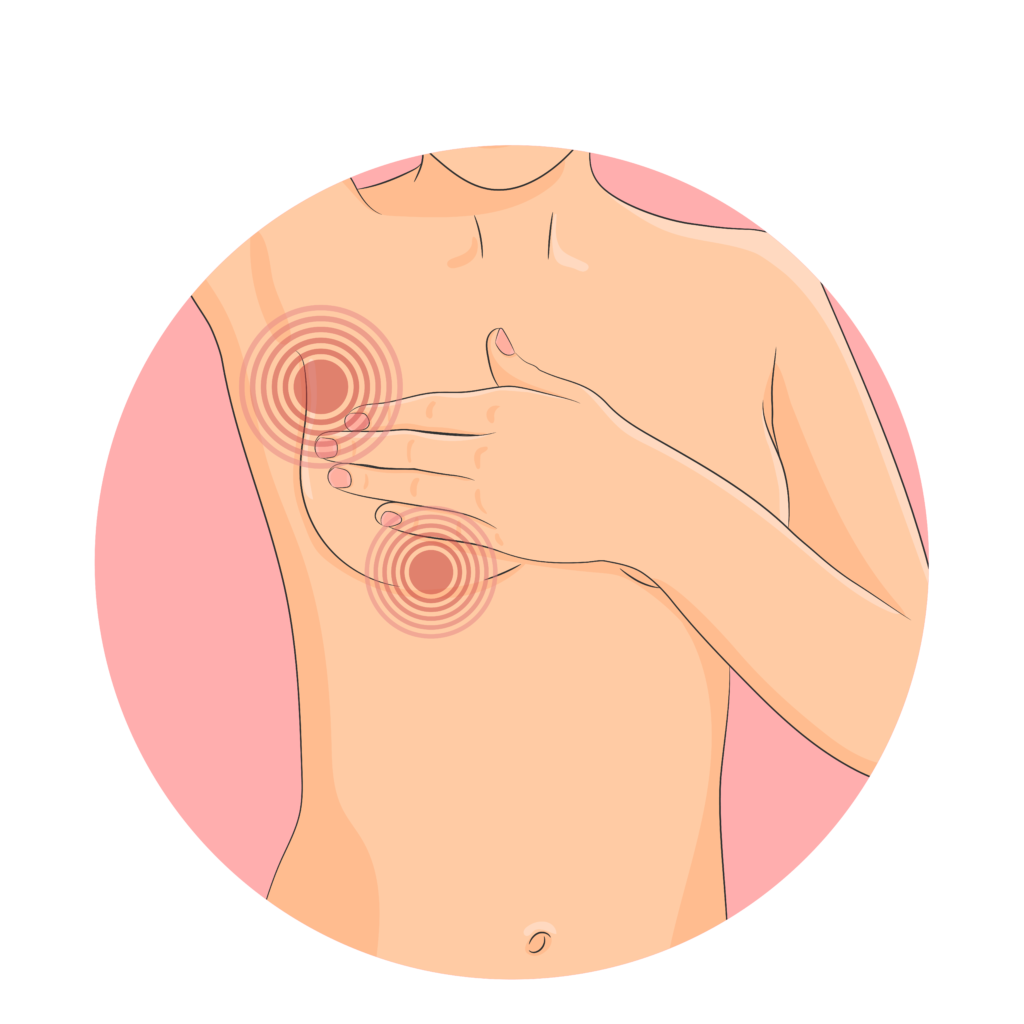

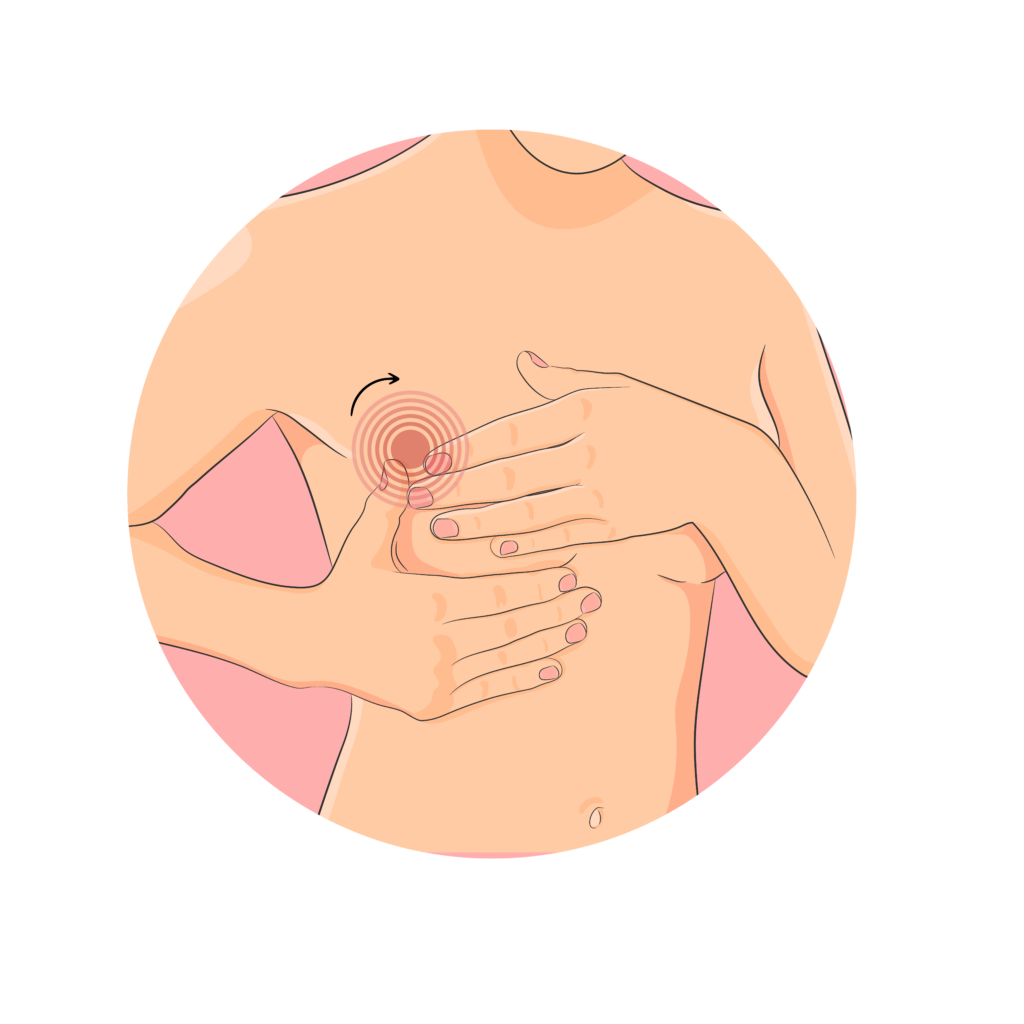
This will help to identify any lumps or changes in the structure of the breasts. Similarly, press the tissues around the armpit and squeeze the nipples to see if there is any abnormal discharge. Do the same process in the other breast.
Pain assessment

Pain assessment can be done to help identify different types of mastalgia. A study shows that cyclic breast pain is often associated with a dull, heavy, or aching pain that starts within 2 weeks before menstruation which improves after onset and can affect both breasts.
In contrast, non-cyclic breast pain is not related to the menstrual cycle with the pain being constant or intermittent affecting only a single breast.
By following the methods mentioned above, one can comfortably diagnose mastalgia from their own home. It is important to note that every lump or breast pain is not a reason to panic because some people have naturally lumpier tissues in their breasts. Conducting a self-exam can help women understand what is normal in their bodies and report to the physician if any changes occur during the examination.




